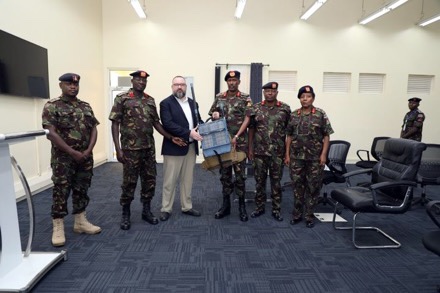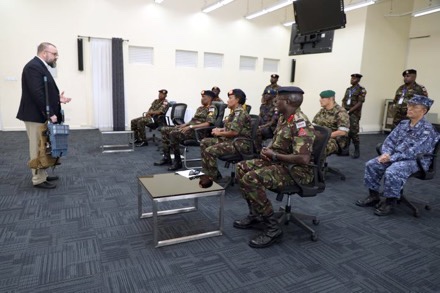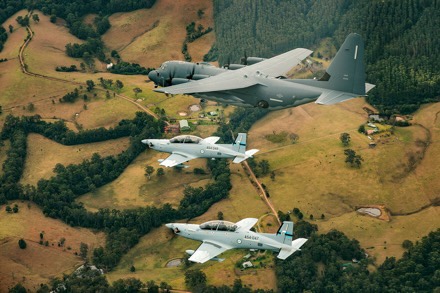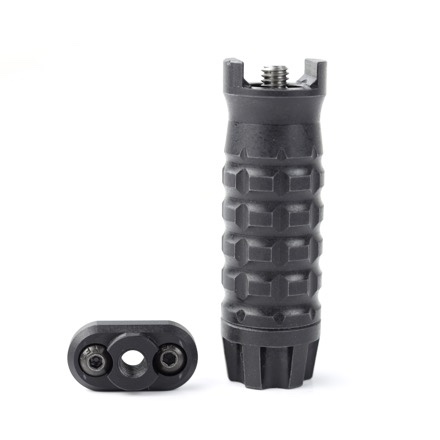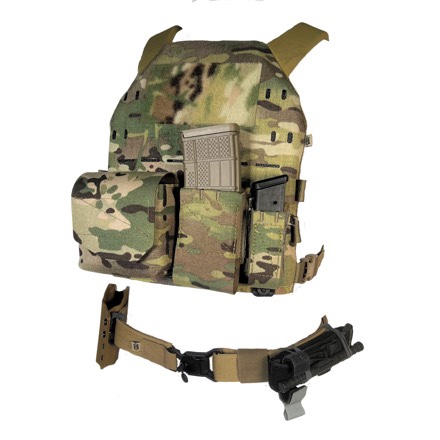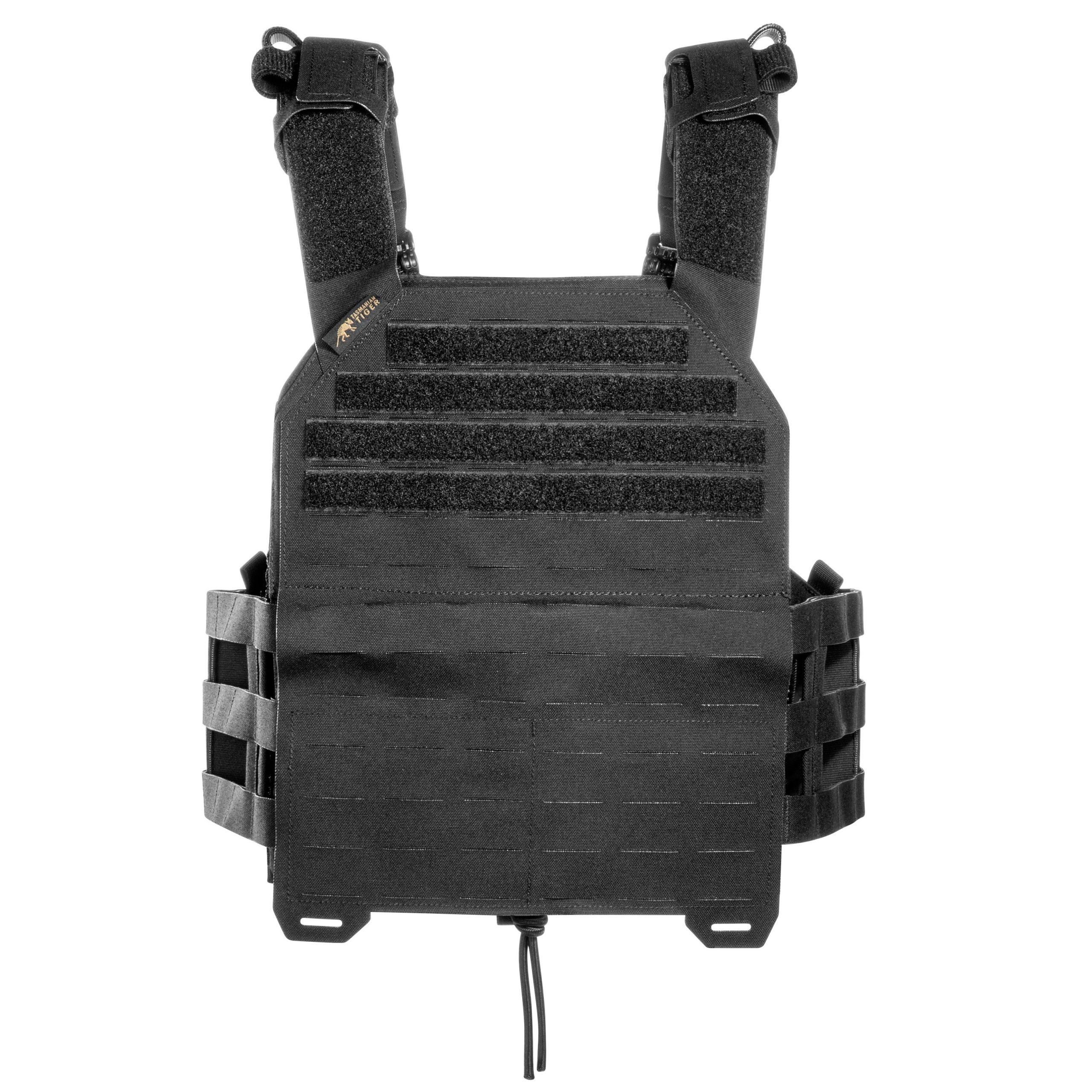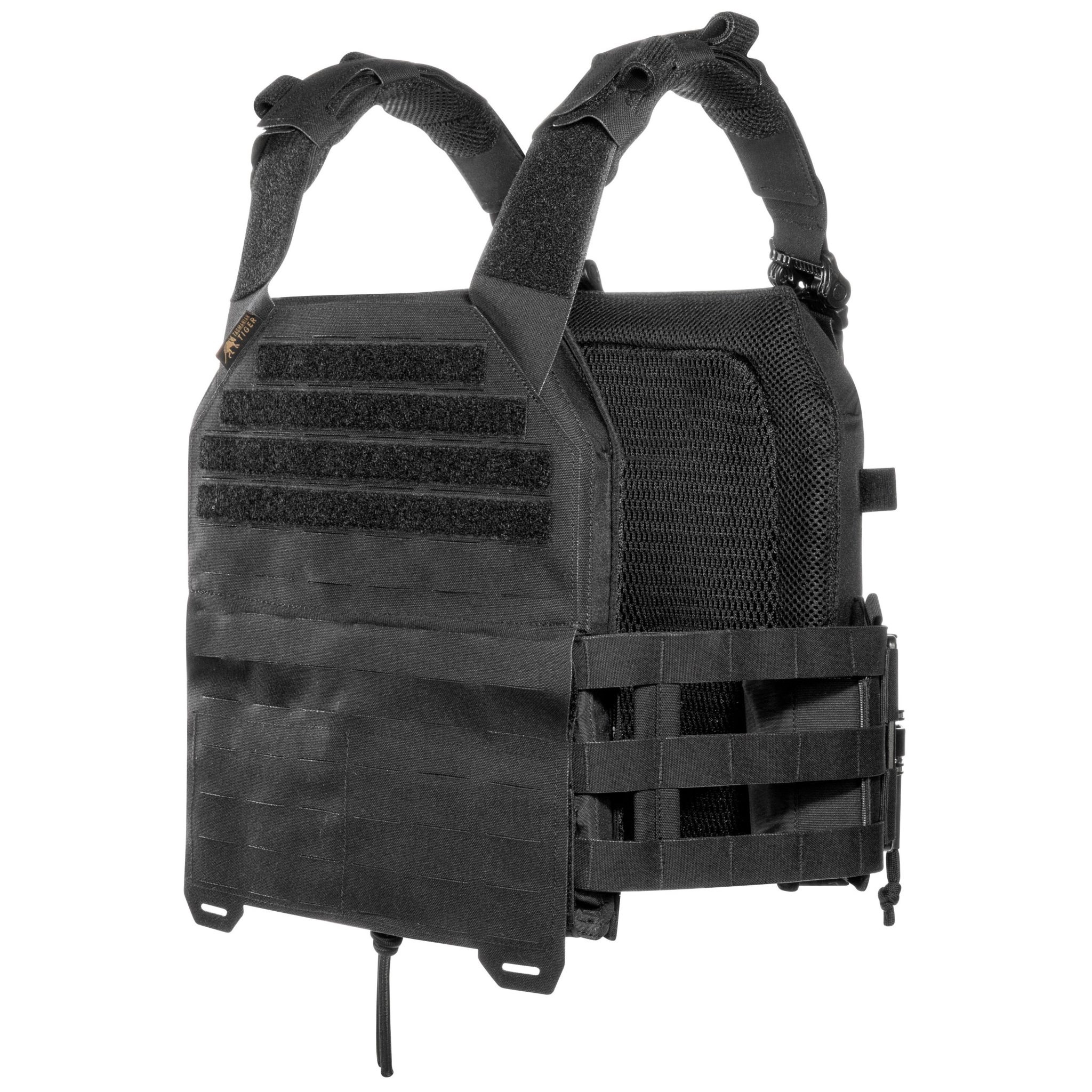An unprecedented balance of protection and mobility, the patent-pending Adept Armor Thunder, at just 3.45 lbs., is nearly 20 percent lighter than any other plate in its class.
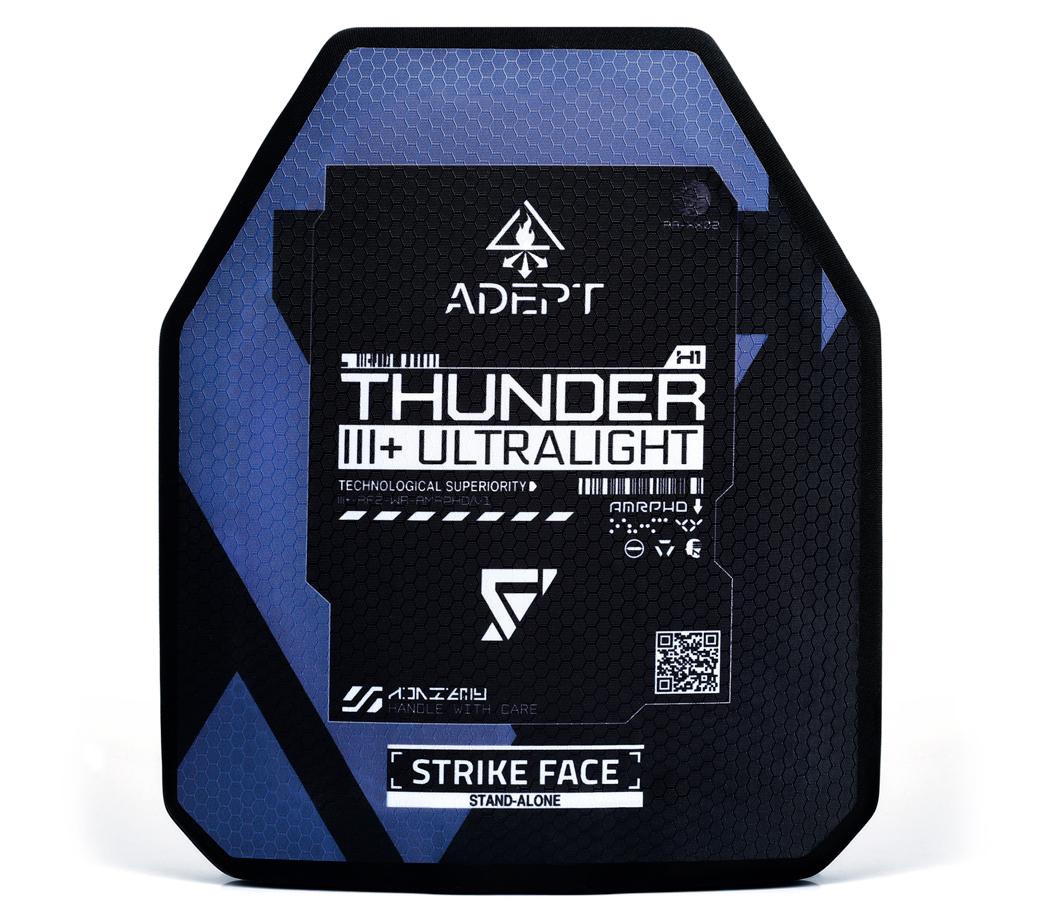
Tulsa, Okla. (July 2023) – Adept Armor, an armor system engineering firm, introduces the Thunder body armor RF2/Level 3+ plate – a lightweight torso plate that offers class-leading protection at an ultra-light weight of just 3.45 pounds at 10×12”.
For several years, Adept Armor has been researching advanced silicate strike-face materials to develop the ultimate in lightweight body armor plates. This culminated in the development of Amorphoid – a low-density/high-hardness glass-ceramic material which can outperform conventional ceramic and metallic strike-face materials in plates designed to stop “light AP” and steel-cored ball rounds.
Amorphoid is indefinitely stable and insensitive to extremes of heat, cold, and pressure. It is ceramic-like, but inherently lighter – roughly 12% less dense than boron carbide and 30% less dense than silicon carbide – and it can be made in very thin monolithic tile profiles.
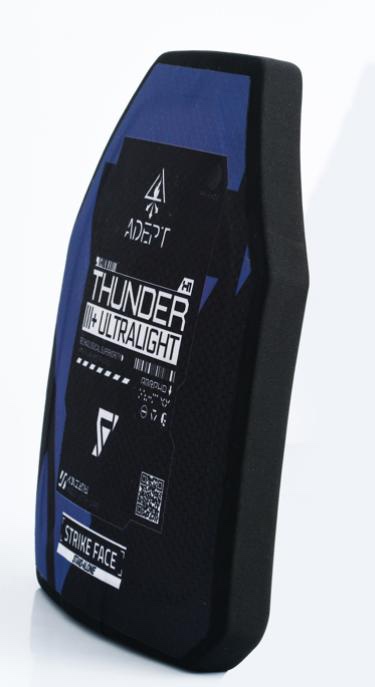
Integrating the latest Amorphoid technology into the design and production of the new Thunder armor plates, Adept Armor has achieved the goal of producing the lightest weight body armor plate on the market today, without sacrificing its ability to attain full RF2/Level 3+ performance. The patent-pending Thunder integrates Amorphoid, a chemically-treated, phase-change silicate core, making it 15% lighter than its nearest competitor, and more than 25% lighter than the average plate in its category, while offering complete protection from all common rifle threats.
Previous to the Thunder body armor plate, customers had a choice between a lightweight plate, but without the ability to stop M855 or analogous steel-core threats; or the heavy ceramic-faced or steel plates which would stop steel-core threats. There was no one-plate-fits-all available, until now. The 10-inch by 12-inch SAPI-style multicurve Thunder plate offers the best of both worlds; protection from steel-core threats in a lightweight platform comparable to the polyethylene plates. The full-sized Thunder strike-face offers full edge-to-edge Amorphoid coverage.
“We believe that the design and development of an armor plate is a problem defined by its specification – in this case RF2 – to which there must be a theoretically optimal solution. Given the current state of materials science, the Thunder plate is the optimal solution in its category – and it will eventually come to define the upper-bound of performance in that category. Its development required novel materials and methods, of which we’re very proud,” commented Jake Ganor, CEO of Adept Armor.
Adept Armor’s new Thunder body armor plate leads the industry in combining superior threat protection with lightweight, maneuverable body armor systems. The Thunder is ideal for military use in low-intensity threat environments, and for police and security personnel, as well as citizens looking to protect themselves and their families from a broad spectrum of rifle threats, without weighing themselves down.
Adept Armor Thunder Specifications:
Weight: 3.45 lbs.
Thickness: 1.17 inch
Materials: Amorphoid -UHMWPE composite
Curvature: Multi-curved to military SAPI specifications
Size: 10-inch by 12-inch with full edge-to-edge Amorphoid coverage
Ballistic rating:
RF2 rated for:
7.62x39mm MSC
5.56x45mm M193
5.56x45mm M855/SS109
7.62x51mm M80 Ball
7.62x54mmR LPS
And similar and lesser threats.
MSRP: $550.00
For more information on Adept Armor visit their website.




